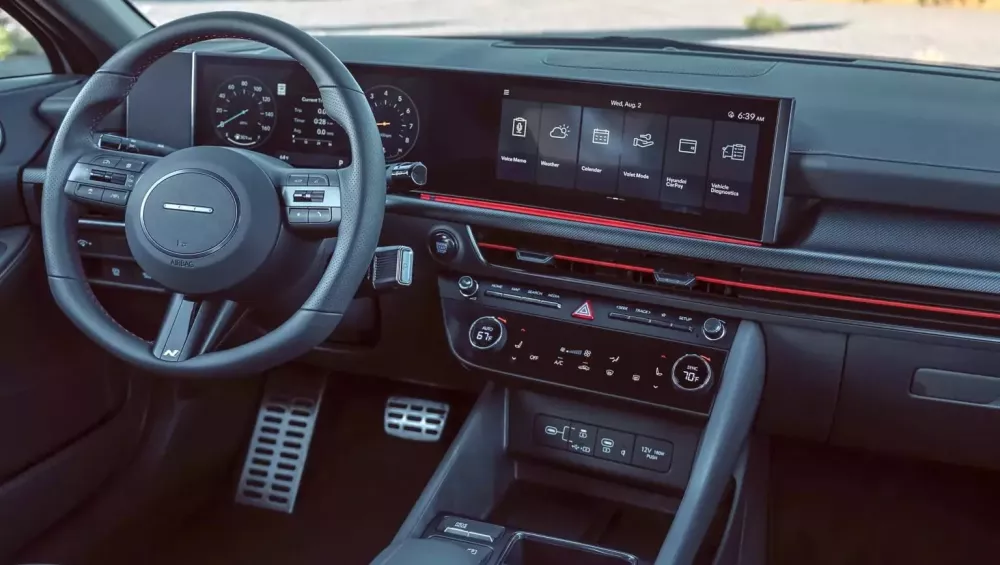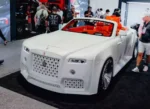Automakers are in a race to replace traditional physical control buttons for functions like temperature selection with virtual buttons on touchscreens. While designers favor these new tech setups, Hyundai has found that US buyers do not.
The South Korean automaker admits it made a mistake by focusing entirely on touchscreens, like many other brands have over the past decade.
Hyundai’s VP, Ha Hak-soo, stated, “When we added the integrated [infotainment] screen, we also tried using touch-type control buttons, but people didn’t like that.” He added, “When we tested with the research group, we realized that people would get stressed, annoyed, and angry when they wanted to control something in an urgent situation but couldn’t.”
Touchscreen technology allows design teams to create sleek, neat cabins and offer more functional configurations for drivers than physical buttons alone. And when you’re parked, using those touchscreens feels perfectly natural.

The upgraded Ioniq 5 features more physical buttons below the touchscreen
But when a car jolts over bumps and you take your eyes off the road for too long to locate a digital switch because you can’t just reach out and find it by feel, you know touchscreen technology isn’t without its issues.
And what frustrates many drivers is that making a simple adjustment to a feature often takes more time and effort than when that feature was controlled by a simple knob or button, like adjusting the air conditioning temperature…
Hyundai has been aware of US drivers’ sentiments towards touchscreens for a while and is committed to retaining physical controls in their vehicles. The recently upgraded Ioniq 5 benefits from this thinking.









































